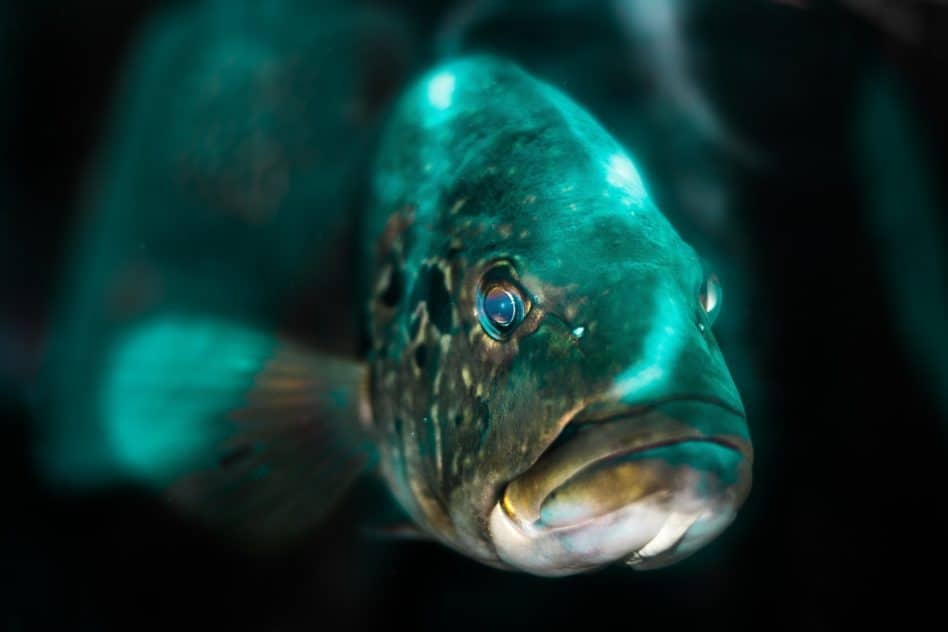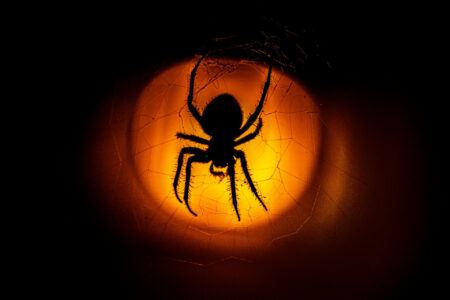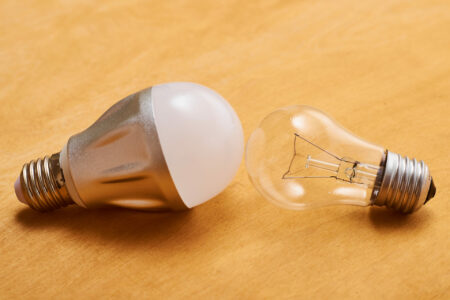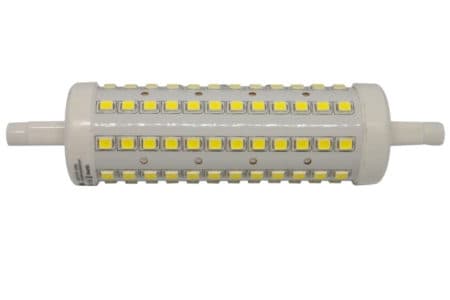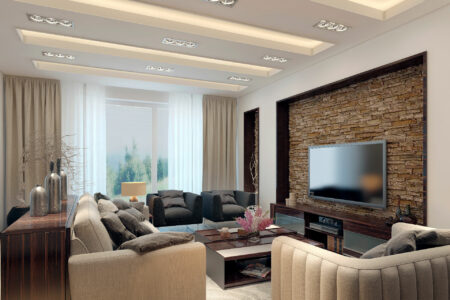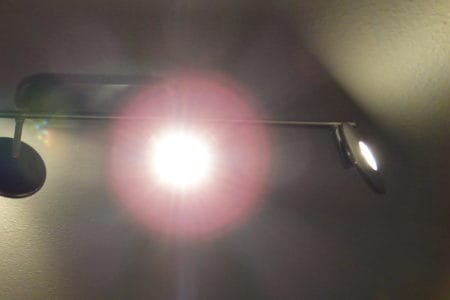There are many reasons why homeowners choose to keep aquariums, but the most common is the fact that they add beauty to a home. However, there’s a lot that goes into maintaining a fish tank: from setting up a proper filtration system to buying aquarium heaters and air pumps.
Another important piece of the puzzle is finding the perfect LED lights. The right aquarium lighting facilitates proper growth rates and helps with algae control. In this article, we’ll look at the best LED aquarium lights and the benefits they bring.
How to Choose LED Aquarium Lights
Selecting the appropriate illumination for your fish tank can seem daunting, especially if you’re not familiar with all the lighting jargon- color temperature, Kelvin scale and others. But it’s actually not difficult to find a good fixture. Here are a few factors that will help to narrow down your options:
Size
The first question you need to ask yourself is: How big is my aquarium?
If you have a really large tank, then you should invest in longer lights to ensure there’s complete coverage. On the other hand, if you have a deep tank, you’ll need more powerful lights that can cast light to the deeper sections.
When evaluating the size of LED lights, you should also account for the species and number of photosynthetic entities in the fish tank. This is because different aquatic plants require different light intensities.
While the majority of corals can be found in tropical and subtropical waters, other aquatic plants have a vast geographic range. What this means is that the lighting requirement of one aquarium plant will differ significantly from another.
Apart from species, the age of the aquatic plants will also come into play. A plant in its growth phase will require more light than one that is fully grown.
Along with seeking advice from professional aquarists, you should conduct a thorough research on your aquatic plants and establish their lighting requirements.
Light Intensity
This is an expression of the strength or amount of light emanating from a particular source, which in our case, is LED lighting fixture.
Keep in mind that different organisms have varying light intensity requirements, so consider the aquatic life you have. Generally, most aquatic plants fair well on 10 lumens per liter although there are a few that require up to 40 lumens per liter.
While using this approach of lumens per liter to determine the kind of lights to buy is wise, it has one major limitation. This is the fact that light is not spread uniformly throughout the tank, especially when it comes to illuminating deeper sections.
As such, you should consider the lumens per liter among many other factors when choosing LED lights for your aquarium.
Color Temperatures
This is one of the few aspects where an aquarist has the freedom to choose based on his/her tastes and preferences. The color of light is determined using the Kelvin scale.
The rule of thumb here is that warmer colors range below 5000K while cool colors exceed this mark. Normal daylight is rated at 6500K, and this is what most people prefer for planted aquariums.
Nonetheless, the color of light has negligible impact on plant growth. So it all boils down to the color that shows off the corals, aquarium plants and organisms in the best light. Ideally, a color rating of between 6000 and 8000K offers a magnificent view of your fish tank.
How do Aquarium LED Lights Work?
An aquarium LED lighting consists of many tiny LED lights that are connected together so as to illuminate brightly. Different fixtures are designed to churn out varying wavelengths and strengths.
LED is an acronym for light-emitting diode. To generate light, a current has to pass through the diode through a process that involves converting electrons (present in the diode) to photons. Photons are the small-sized pockets of energy that emit their energy by casting a bright light.
The color of the light varies parallel to the quantity of energy that is being used to convert electrons to photons. With greater energy, different colors combine forming a bright white light. Usually, the sets of colors that blend are red, blue and green.
Why Should You Choose LED Lights for your Aquarium?
When setting up lighting in your fish tank, you have several options to choose from other than LED fixtures.
These include fluorescent bulbs, metal halide lights and compact fluorescent bulbs. Experts recommend staying away from incandescent bulbs as they’re too tiny to use in fish tanks, and they dispense excess heat.
The standard fluorescent lights are a much better alternative because they have sufficient light intensity. However, they also produce heat, although in smaller amounts. With compact fluorescent bulbs, you’ll benefit from greater light output at a smaller size. Due to their compact size, you’ll find them often incorporated in aquariums.
Metal halides also have a major advantage, and that is their ability to produce a full spectrum. Thanks to this feature, they’re perfect for simulating the tropical lighting that aquatic life experience in their real-life habitats.
These fixtures are also capable of supporting the photosynthesis process for your aquarium plants.
While all these lighting options have their fair share of benefits, LED aquarium fixtures reign supreme. They combine the best attributes of each type of light. Let’s look at the key benefits of LED aquarium lights:
Lower power consumption
Compared to the other models of lights we’ve mentioned above, LED fixtures consume the least amount of energy.
In fact, they use up to 80% less energy than other lights. So even though LED aquarium lights cost more money upfront, you’ll be able to make up for this difference through energy cost savings.
Less hea
Another reason that warrants investing in LED aquarium lights is the fact that they don’t dispense the type of heat generated by fluorescent bulbs. This in turn means that they won’t cause the aquarium water to heat up excessively.
That said, they do need proper air circulation like any other lighting fixture. This way, the small amounts of heat they discharge won’t reduce the lifespan of the LED chip.
Long life
A key advantage that LED aquarium lighting has over its counterparts is long lifespan. By a long lifespan, we mean that a single LED fixture provides at least 50,000 hours.
That is nearly 6 years compared to the meagre 2 to 4 months offered by incandescent bulbs. Similarly, standard fluorescent bulbs that offer 6 to 18 months can’t rival the longevity offered by the LED models.
Adjustability in light intensity level
Another benefit you get from installing LED lights in your fish tank entails the ability to program and dim the fixtures. This enables you to configure light intensities that simulate those that would be experienced in a native setting, particularly at sunrise and sunset.
If you have nocturnal fish, this is a very handy feature as it enables you to configure a dim blue light which mimics the moonlight. This is the perfect light for viewing and feeding applications.
What’s more, you can get LED lighting strips which reproduce the monthly lunar cycle. Plus, most of these fixtures enable you to adjust settings using a remote or an app.
Alternatively, you can invest in a smart LED lighting system that automatically determines what colors will be displayed in the fish tank. This system works by accounting for the stage of plant growth and the aquarium’s temperature.
How to Set Up LED Lights in your Aquarium
Installing LED lights in your fish tank is a fairly simple process. The only problem is that the lighting kits provided with most aquariums are not LED. The majority of manufacturers provide built-in fluorescent lights. As a result, you’ll have to buy these lighting fixtures separately and install them on your own.
To compound this issue, LED aquarium lights come in different designs and shapes meaning that the installation mechanisms also differ. But overall, these lighting items are meant to be attached to the wall or lid of your fish tank.
As you set up your illumination fixtures, think about how light will be spread throughout the tank. Does this result in a uniform spread of the light or is it focused on only those sections that have plants and corals? Once you’ve installed the lights, there’s not much left to do except to turn on the main switch.
Top 6 LED Aquarium Lights
NICREW ClassicLED Aquarium Light
Nicrew ClassicLED are one of the most popular lighting options for aquarists, and for good reasons.
For starters, they come with adjustable metal brackets to fit a wide range of fish tank sizes. The smallest has a size ranging from 12 to 18 inches while their largest ranges from 48 to 52 inches. But take note that the pricing of these fixtures increases parallel to their size.
Secondly, this LED light allows you to pick from two lighting configurations: a white and blue combination or plain blue. White blue LEDs are suitable for daytime applications while the blue LEDs are better suited for nighttime.
Pros
- Two lighting modes for day and night
- Adjustable brackets enables the fixture to fit in a variety of tank sizes
- Provide energy-efficient lighting
Cons
- Construction of the brackets can be improved
BeamsWork FSPEC LED Aquarium Light
The first thing you’ll notice about the BeamsWork LED Light is its sleek profile. It’s designed beautifully so you don’t have to worry that installing it will ruin the phenomenal look of your aquarium.
Now, if you’ve not yet figured this out, the ‘FSPEC’ in the title means full spectrum. What this means is that it contains a variety of colors other than the usual white.
More specifically, the light comes pre-installed with 10000K, red 620nm, actinic 460nm and green 520nm. If you switch them on, you’ll get a full spectrum lighting that is not only good for aesthetics but also your aquarium life.
The benefit of such a full-spectrum LED lights is that they cast bigger and better wavelengths of light, which in turn boost growth of aquarium plants.
Another thing we love about BeamsWork FSPEC light is the ease of installation. This is the kind of fixture that you remove from its packaging, set up in your aquarium, plug into a power socket and simply switch on.
Pros
- Provides full-spectrum light
- Has timer settings
- Allows you to choose from two lighting modes: day/night
- Ideal for freshwater
Cons
- Power adapter tends to get too hot
Koval Aquarium Lighting
If you’re looking for LED fixture that offers a lot of brightness, Koval Aquarium Lighting is your best bet. For a fair price, you get a whopping 156 bright LEDs with various colors.
With that many LED lights, you’d think that the fixture’s power consumption rate will go through the roof. Surprisingly, it doesn’t. The manufacturer has utilized LED technology effectively, providing a decent amount of brightness without compromising on energy-efficiency.
Another pleasant feature of these LEDs is that they don’t dissipate much heat. This is made possible by the fact that they don’t consume excess power.
One benefit of having lights that dispense minimal heat is that they last longer. According to the manufacturer, the Lighting set lasts for up to 50000 hours.
Pros
- These are full spectrum lights
- Include extendable brackets to fit different tank sizes
- Long-lasting
- Low power consumption
Cons
- Has no timer settings
Current USA Satellite Plus PRO LED Light
The Satellite Plus Pro is a pricey unit. But in exchange for a hefty investment, you’ll get all the bells and whistles you expect to find in an aquarium LED light.
To start with, the fairly thin light boasts a 24-hour on/off timer reinforced with a 15-minute ramp up and dim down settings. This enables you to adjust the light intensity in your fish tank. The ramp up increases brightness at sunrise while the dim down decreases it at sunset.
There’s also a storm mode that creates lightning strikes and other innovative effects. This is bound to add some thrill to your aquarium.
Like the majority of the fixtures in our review, this one also comes with extendable brackets making it suitable for different tank sizes. The Satellite Plus Pro is available in: 18-inch, 24 to 36-inch, 36 to 48-inch and 48 to 60-inch.
Moreover, this fixture gives you two options of controlling the LED light wirelessly. These include a wireless IR remote and a touch keypad.
The Satellite Plus Pro is a pricey unit. But in exchange for a hefty investment, you’ll get all the bells and whistles you expect to find in an aquarium LED light.
To start with, the fairly thin light boasts a 24-hour on/off timer reinforced with a 15-minute ramp up and dim down settings. This enables you to adjust the light intensity in your fish tank. The ramp up increases brightness at sunrise while the dim down decreases it at sunset.
There’s also a storm mode that creates lightning strikes and other innovative effects. This is bound to add some thrill to your aquarium.
Like the majority of the fixtures in our review, this one also comes with extendable brackets making it suitable for different tank sizes. The Satellite Plus Pro is available in: 18-inch, 24 to 36-inch, 36 to 48-inch and 48 to 60-inch.
Moreover, this fixture gives you two options of controlling the LED light wirelessly. These include a wireless IR remote and a touch keypad.
Pros
- Highly-customizable
- Bright lighting
- 24-hour timer
- Additional weather simulations like the storm mode
Cons
- Quite pricey
COODIA Aquarium Hood Lighting
Whether you have a saltwater or freshwater fish tank, the Aquarium Hood Lighting by COODIA is a solid choice. This is a stylishly designed fixture that gives you a hassle-free way of adjusting its colors.
We’re referring to the 2.4G remote controller, which helps you switch colors from the comfort of your couch. Best part is: you don’t even have to point the remote directly to the receiver as you can control it through a wall.
If you’re not tech-savvy, you’ll be pleased to know that the remote has a simple interface. All the buttons are color-coded, making it easy to switch to your preferred hues. Better yet, the colors transition very smoothly creating an aesthetic appeal.
And apart from colors, you can also configure brightness or activate effects like “strobe” using this remote.
This fixture is available in 5 sizes: 11 – 19 inch, 19 – 28 inch, 28 – 36 inch, 35 – 45 inch, 46 – 54 inch. The actual size of the fixture is shown by the smaller number. The bigger number represents its potential length upon adding brackets.
Pros
- Variety of color options
- Comes with a remote controller
- Dimmable LED lights
- Affordable
Cons
- Lacks cycle or timer settings
Finnex Planted+ 24/7 HLC Aquarium LED Light
An improved version of the previous Finnex Planted Fully Automated LED, the HLC offers the best value for money.
As its name suggests, this LED light is best suited for planted aquariums. Featuring 8,000K, this fixture is designed to provide ample lighting for most plant species. The Kelvin rating is very close to that of normal daylight, which means it generates enough light to help the aquarium plants photosynthesize naturally.
Another plus of this lighting fixture is the automated timing system. Over-illuminating an aquarium affects both the fish and plants. Thus, you need to turn the lights off after a given timeframe.
Thankfully, Finnex has simplified this by incorporating a controller that automates the entire process. The controller employs a 24/7 automatic lighting cycle, which simulates the sunrise and sunset cycles.
Furthermore, the LED light comes with a remote control. This allows you to configure different lighting and weather effects like cloudy days, sunny days, blazing thunderstorm and moonlight effect.
Pros
- Easily customizable
- Impressive design
- The 24/7 mode works flawlessly
- Adjustable
Cons
- The saved configurations are easy to overwrite when adjusting the fixture’s settings
Conclusion
There are several points you should consider when selecting a LED light fixture for your aquarium. The most important is the size of your aquarium. If you have a big fish tank, you should get a fixture that will cast light throughout the tank without missing any spots.
Other features you should consider are: the lifespan of the lights, light intensity and color temperature. Based on these factors, the Nicrew ClassicLED is certainly one of the best options of fish tank lighting.
These come with extendable brackets, making them suitable for different tank sizes. They are also extremely bright, durable and offer two lighting setups: white and blue LEDs (for daytime) and blue LEDs (for nighttime).
